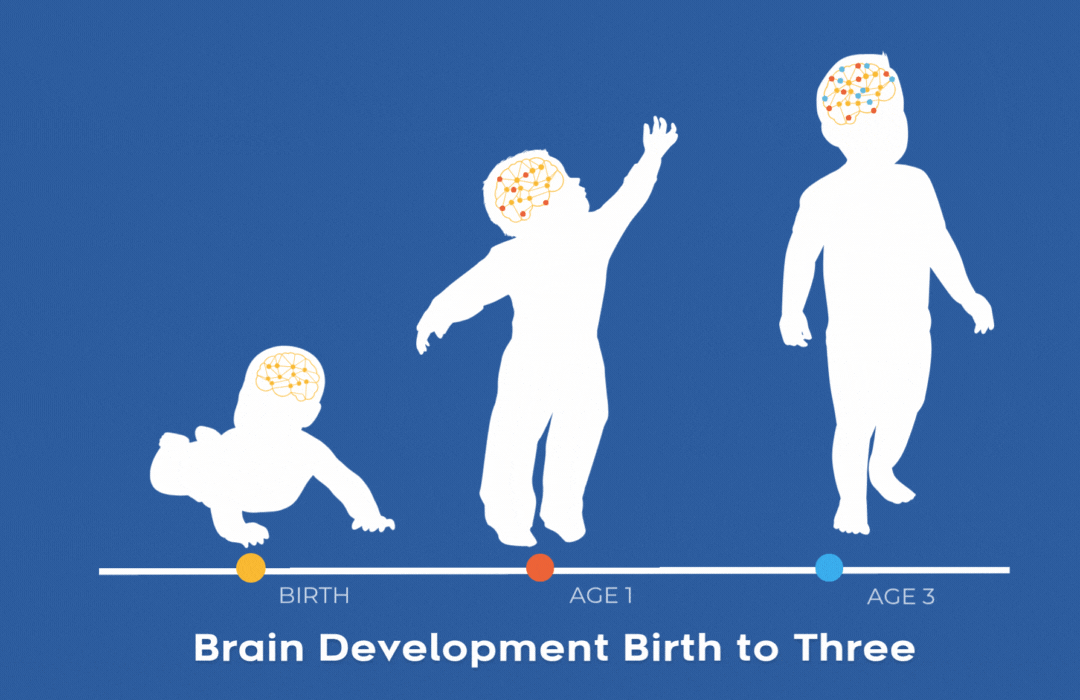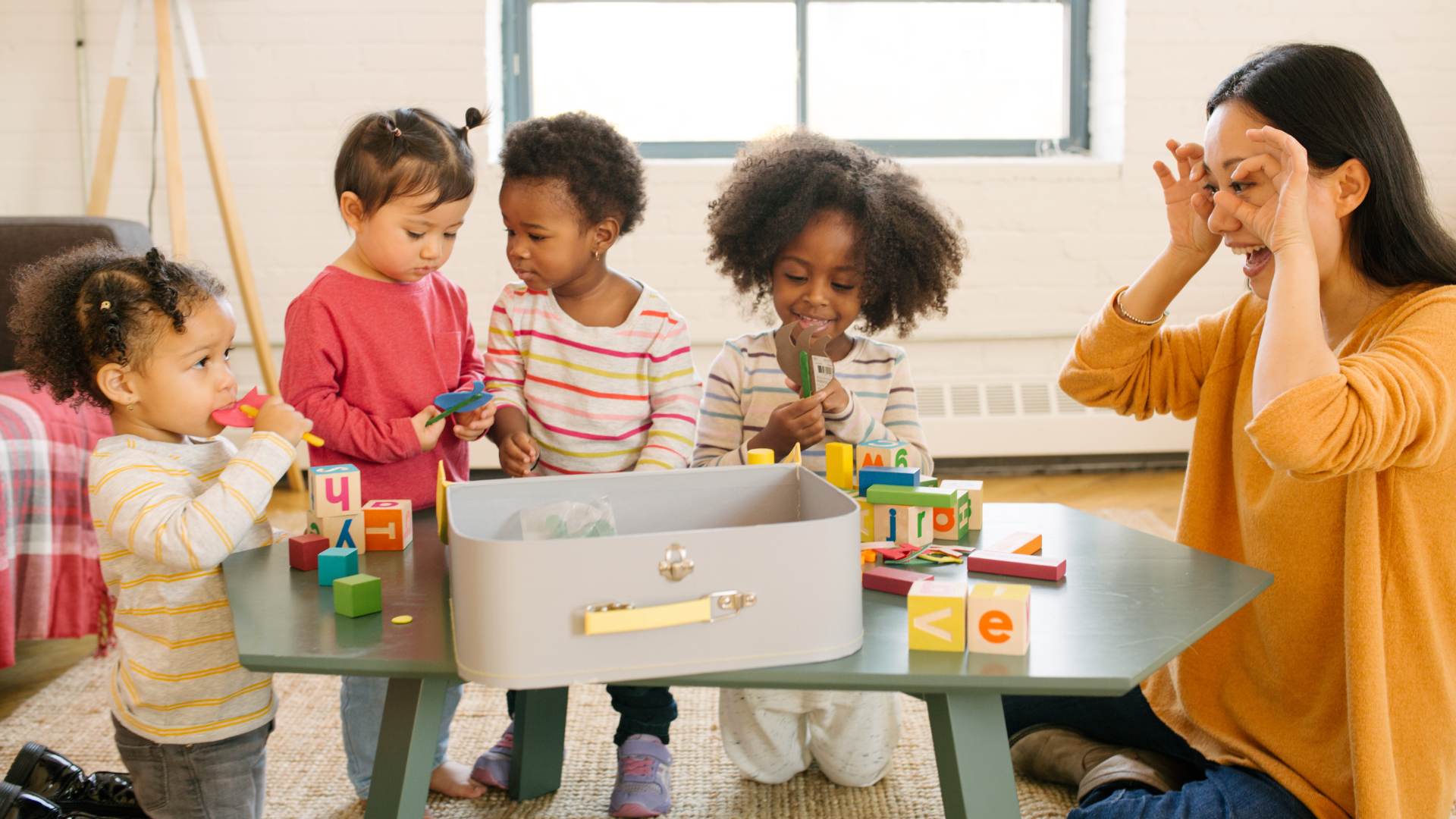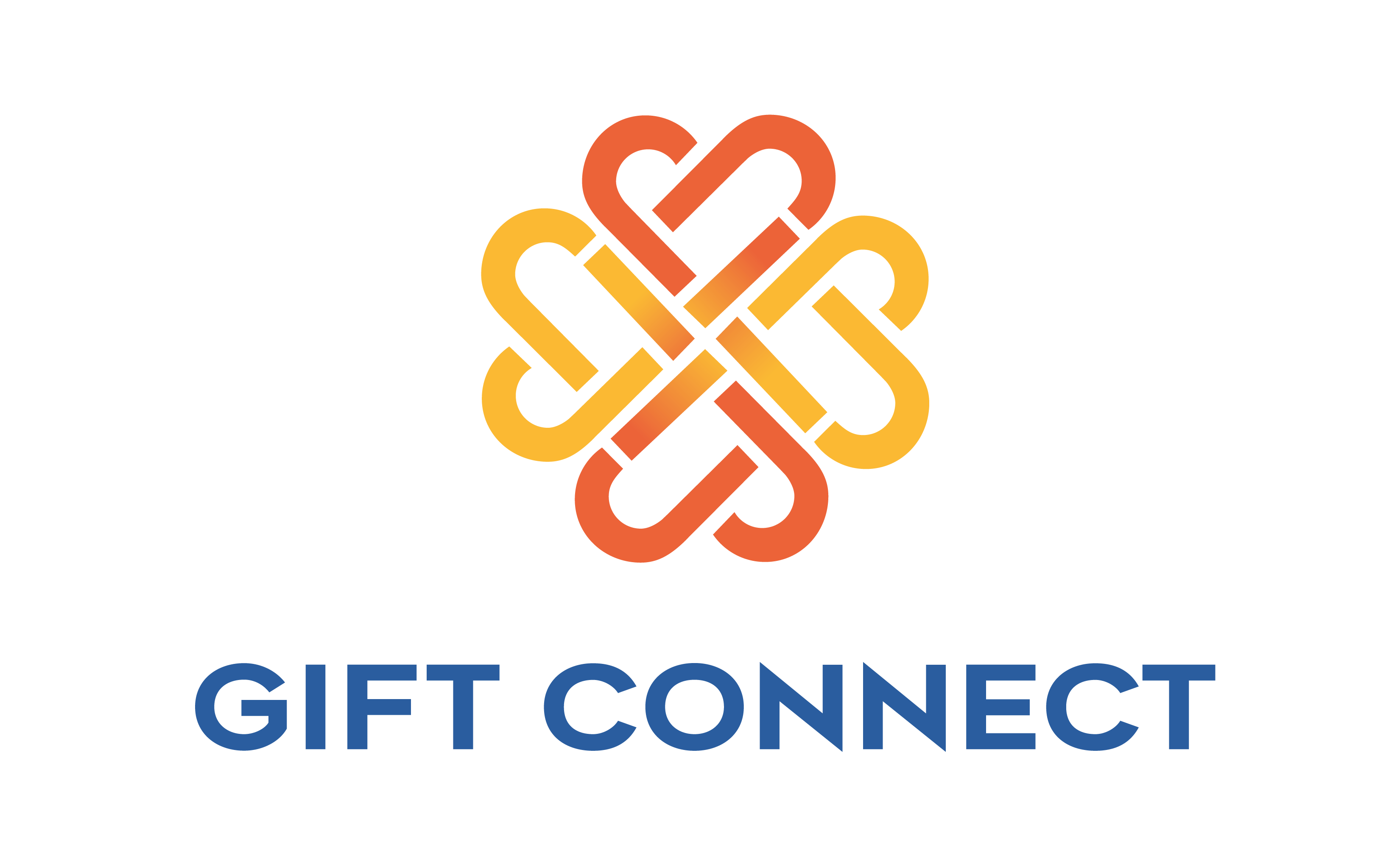The Power of the First Three Years
A child’s brain triples in size in the first three years – an astonishing period of rapid growth and opportunity.
These formative years shape their future, making it a critical time for teaching and learning.
Early childhood development programs offer unparalleled potential for a child’s success.


The Science is Clear
The Science is Clear

Early experiences have a lasting impact on brain development.
Early experiences, both positive and negative, profoundly shape a child’s brain. Leveraging the potential of the yearly years is crucial for their future success.
Intervening during these early years will help a child succeed in school and in life, and reach their full potential.

A Cost of Neglect
A 20-year study by the World Economic Forum showed that children from disadvantaged households who received high-quality stimulation at a young age grew into adults who earned an average of 25% more than those who did not receive these interventions. And yet, it’s estimated that governments worldwide spend less than 2% of their education budgets on early childhood learning programs.
A child who is read to, talked to, sung to, and played with, is not only happier today but will have a better cognitive capacity – a better chance to live a fuller, more productive life.
There is a stark underinvestment in the developmental resources for children from birth to age three.
Years down the road, this leads to dramatic increase in poverty, incarceration, and the lack of a qualified workforce.




